Passive Acoustic Monitoring: Assessing Environmental Impacts on Shrimp Feeding Behavior
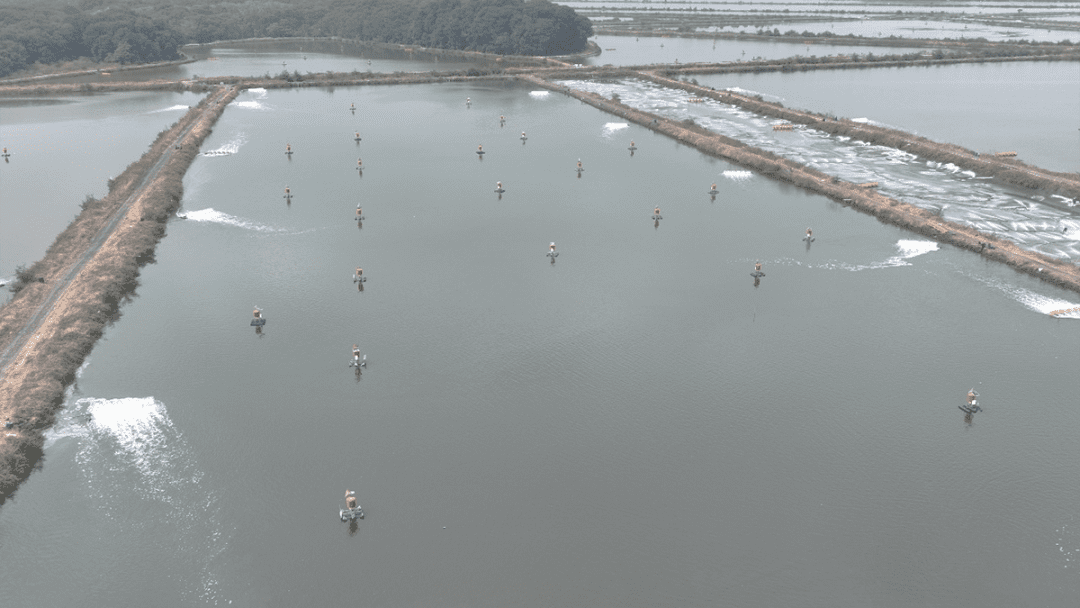
Automatic feeder used in commercial shrimp ponds. Photo: ST
In the complex environment of aquaculture ponds, PAM demonstrates clear advantages because it is not limited by visibility like traditional observation methods. However, most current systems still operate independently from water-quality monitoring systems, resulting in poor data integration and reduced management efficiency. Scientists emphasize that directly linking acoustic data with environmental parameters will create a major breakthrough—improving feeding-management accuracy and enabling more timely and science-based decision-making in high-tech shrimp farming models.
Research Setup
The study was conducted at the Key Laboratory of Mariculture, Ministry of Education, Ocean University of China. Pacific white shrimp (Litopenaeus vannamei, average weight 8 ± 0.32 g) were supplied by Huanghe Delta Marine Technology Co., Ltd., Dongying City, Shandong Province, China. Throughout the experiment, natural seawater conditions were kept stable.
To determine the relationship between environmental factors and feeding sounds of P. vannamei, the research team applied Passive Acoustic Monitoring (PAM) technology combined with video analysis, focusing on the influence of three major factors—temperature, ammonia nitrogen, and nitrite nitrogen—on shrimp feeding behavior, with special attention to their characteristic acoustic signals (“click sounds”).
After an acclimation period, 660 intermolt shrimp with intact appendages and normal activity were randomly selected and distributed into 11 experimental tanks (216 L each), with 60 shrimp per tank. The experimental design included three independent replicates conducted simultaneously, with different gradient levels assigned to each factor: temperature, ammonia nitrogen, and nitrite nitrogen. The acoustic signals produced by the shrimp during feeding under these environmental conditions were recorded using a sound-recording system equipped with a commercial hydrophone (Soundtrap 300 STD, Ocean Instruments, New Zealand) (Figure 1A).

Figure 1: The sound recording system (A) and the feeding observation system (B). Note: isolation area (a), partition (b), observation area (c), feeding tray (d), hydrophone tube (e), infrared camera (f), switch (g), monitoring screen and storage device (h).
Results and Discussion
This study focuses on analyzing feed consumption, acoustic signals, and feeding behavior of Pacific white shrimp (P. vannamei) under different environmental conditions, including temperature, ammonia nitrogen, and nitrite nitrogen. Within the tested ranges, increasing temperature was associated with increased feed consumption, number of “click” sounds, and sound pressure level (SPL).
Conversely, when ammonia nitrogen and nitrite nitrogen concentrations increased, both feed consumption and the number of “click” sounds decreased, while SPL remained relatively unchanged. Notably, the results demonstrated a stable correlation between feed consumption and the number of “click” sounds under all environmental conditions. At the same time, these environmental factors significantly influenced different feeding behavior patterns of the shrimp.
The characteristic parameters of the “click” sound signals during feeding—including duration, pulse count, and SPL—are important for monitoring feeding behavior and supporting aquaculture management. The study indicates that, compared with SPL, the number of “click” sounds is a more reliable indicator to accurately reflect the feeding status of P. vannamei across different environmental conditions (Figure 2).
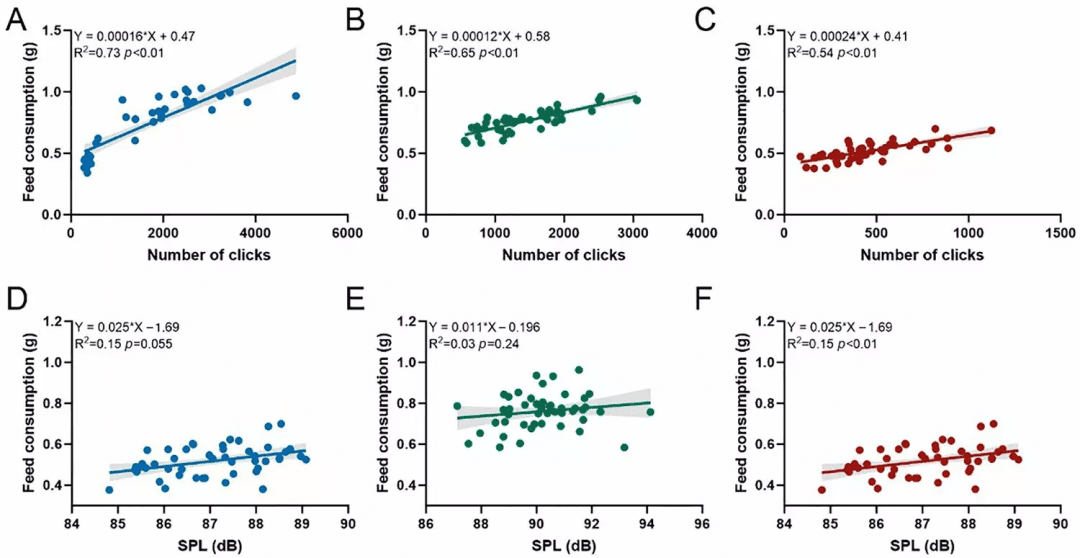
Figure 2: Relationship between feed consumption and the number of clicks (A–C) and sound pressure level (SPL, in dB) (D–F) within 30 minutes after feeding with pellets, under different temperatures, ammonia nitrogen concentrations, and nitrite nitrogen concentrations.
Additionally, under different environmental conditions, both the number of “click” sounds and SPL decreased over feeding time, with peaks occurring during the first 10 minutes. This indicates that shrimp reach their highest feeding frequency and intensity at the beginning, consistent with previous studies. Based on this observation, future research should focus on the number of “click” sounds during the early feeding phase and integrate acoustic signal features with complex environmental data to improve the accuracy of intelligent feeding systems.
In aquaculture ponds, increased water temperature within the optimal range enhances the metabolic activity of P. vannamei, increases energy demand, and stimulates feeding behavior. Similar to previous findings, our results also show that feed consumption, number of “click” sounds, and SPL all increase as temperature rises (Figure 3A–C).
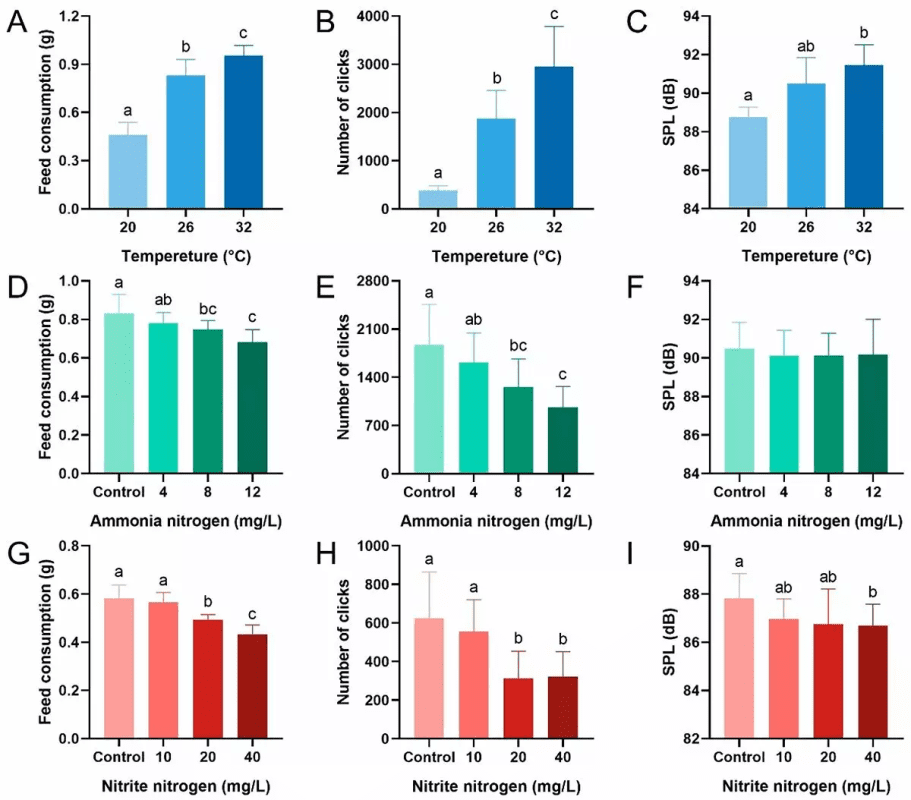
Figure 3: Differences in feed consumption, number of click sounds, and sound pressure level (SPL, in dB) of P. vannamei within 30 minutes after pellet feeding at different temperatures (A–C), ammonia nitrogen concentrations (D–F), and nitrite nitrogen
concentrations (G–I). Different lowercase letters indicate significant differences between treatment groups (p < 0.05).
Furthermore, the proportion of feeding time increased, while foraging time decreased significantly (Figure 4A, B), and shrimp movement trajectories clustered around the feeding tray. In contrast, at 20°C, shrimp exhibited reduced swimming and foraging activity.
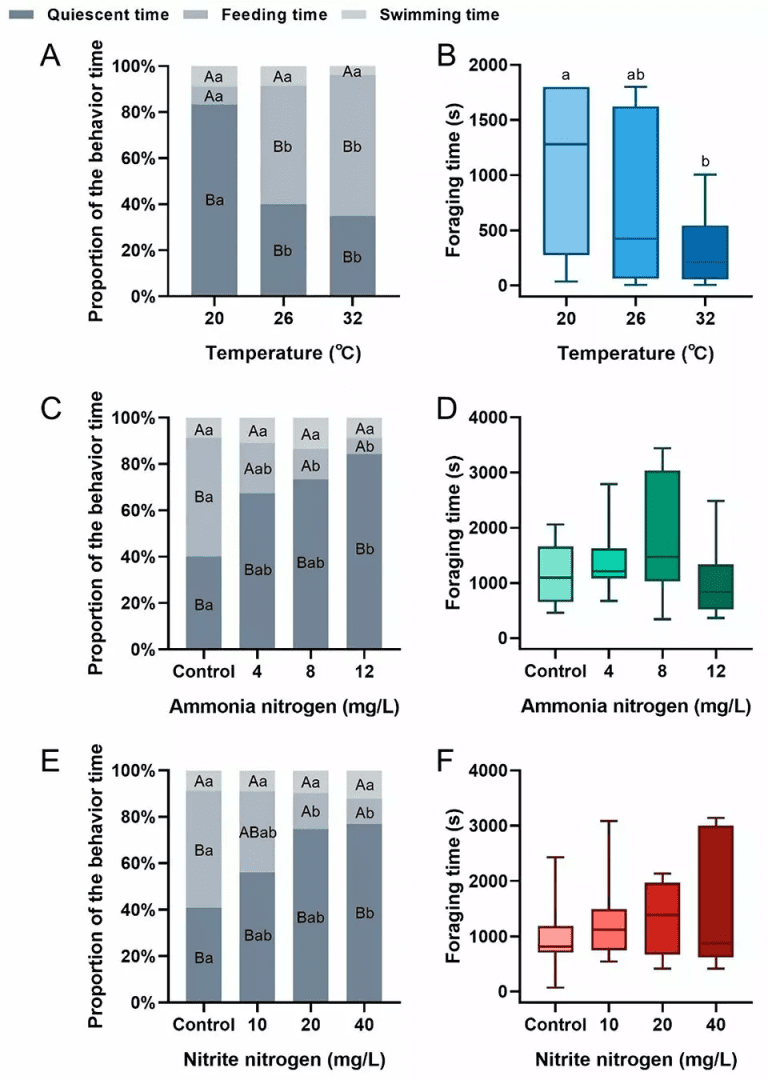
Figure 4: Proportion of behavioral time relative to foraging time of P. vannamei under different temperatures (A, B), ammonia nitrogen concentrations (C, D), and nitrite nitrogen concentrations (E, F). Different uppercase letters represent significant differences among behaviors within the same treatment, while lowercase letters represent significant differences for the same behavior across treatments.
The relationship between temperature and metabolic rate is commonly described using the Q10 coefficient, which typically has an average value of around 2.0. This study found that Q10 reached 2.12 within the 26–32°C range but surged to 13.82 within the 20–26°C range, showing a substantial deviation from typical values at low temperatures. This may be because 20°C lies outside the optimal metabolic temperature range, resulting in suppressed feeding activity. Behavioral observations support this conclusion: shrimp at 20°C rarely approached the feeding tray, indicating that low temperatures more strongly inhibit feeding behavior compared with higher temperatures within the tested range.
This highlights the importance of controlling water temperature fluctuations in P. vannamei farming. When integrating temperature data with PAM technology, intelligent feeding systems can flexibly adjust feeding strategies: increasing feed amounts when temperature rises within the optimal range and optimizing feeding based on real-time “click” sound counts to improve feed efficiency and growth rate. Conversely, when temperature decreases, feed portions should be reduced to minimize waste and water pollution risks. However, if temperature deviates from the optimal range, both feeding behavior and growth rate are suppressed.
Unlike dissolved oxygen and salinity—which are relatively stable—ammonia and nitrite levels fluctuate constantly due to feed metabolism and are difficult to precisely monitor in real time. The results show that when the concentrations of these compounds increase, shrimp feed consumption decreases (Figure 3D, G), accompanied by longer foraging and resting periods, while actual feeding time shortens (Figure 4C, F). At the same time, the number of “click” sounds (Figure 3E, F) and SPL (Figure 3H, I) also decrease correspondingly, confirming the inhibitory effects of ammonia and nitrite on feeding behavior.
Behavioral trajectory observations indicate that under high nitrogen conditions, shrimp move less, remain in their initial positions, and avoid approaching the feeding tray. This may be related to nitrogen-induced gill damage, which reduces the oxygen-carrying capacity of hemocyanin. To adapt, shrimp reduce feed consumption, conserve energy, and increase survival probability—similar to adaptive mechanisms observed in fish species such as carp.
This demonstrates that ignoring the effects of inorganic nitrogen in feeding strategies may lead to slow system responses, feed accumulation, increased ammonia and nitrite concentrations, and a vicious cycle of water pollution and feeding inhibition. Therefore, in PAM-based feeding systems, ammonia nitrogen and nitrite levels must be integrated as key parameters. The system should generate alerts when nitrogen levels rise and automatically adjust feed portions to maintain environmental stability, ensuring shrimp health and growth.
AQUA MINA CO., LTD
– Address: 685 Le Duc Anh Street, Quarter 39, Binh Hung Hoa Ward, Ho Chi Minh City
– Phone: 1800 6071 (Toll-free hotline)
– Email: sales@aquamina.com.vn or oversea@aquamina.com.vn
– Aqua Mina’s Official Distributor in Japan: REX INDUSTRIES CO., LTD
– Address: 1-9-3 Hishiya-Higashi, Higashi-Osaka 578-0948, JAPAN
– Email: kimakubo@rexind.co.jp
– Phone: +81-(0)72-961-9893
– Website: www.rexind.co.jp/e/

WE WORK FOR THE SUCCESS
Ngày đăng : 21/11/2025
1260 View
Other Articles
Global Shrimp Forum: Global shrimp trade is reshaping
China’s Import Value Up 10%, Vietnamese Shrimp Remains Among Leading Suppliers
After the 7.5-magnitude offshore earthquake in Aomori that injured 34 people, Japan has issued a warning about a potential mega-earthquake
India’s shrimp exports accelerate despite the trade war with the United States
Portuguese food group acquires 18% stake in cod farming company Norcod
Indonesia implements radioactive-free shrimp certification for exports to the United States
India is world’s second-largest shrimp producer. That is now under threat
Ca Mau’s shrimp industry moves towards “green” growth
Floods devastate aquaculture, processing operations in Vietnam
Ecuador Leads Global Shrimp Exports, Surpassing USD 7 Billion in 2025
India's marine product exports rise 16% as new markets offset US dip
Skretting presents the first shrimp feed with insect meal in Vietnam








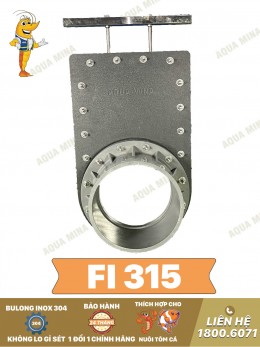
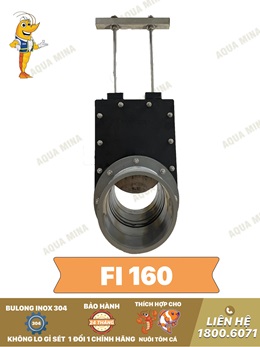


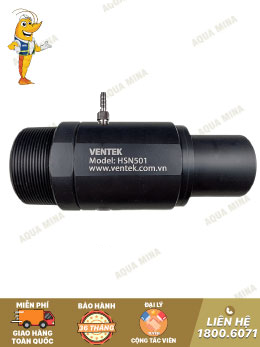
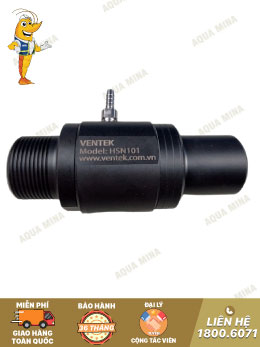

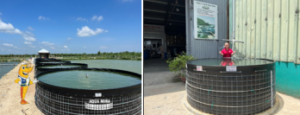
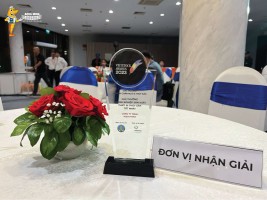


.jpg)